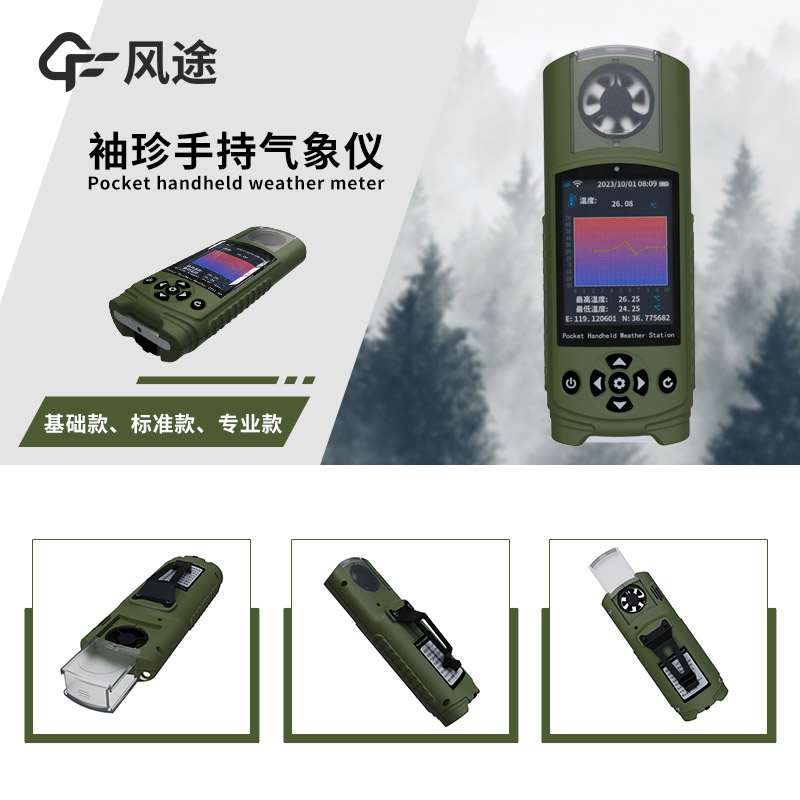There are many types of commercial weather stations. According to the monitored elements, there are comprehensive weather stations that can monitor multiple elements such as temperature, humidity, and air pressure; single-element weather stations focus on a specific element. According to the application field, agricultural commercial weather stations serve agriculture and monitor soil moisture and other elements; transportation commercial weather stations ensure traffic safety and monitor visibility and other elements; energy commercial weather stations provide data such as wind speed for the energy industry; tourism commercial weather stations serve scenic spots and tourists. According to the installation method, there are fixed weather stations and portable weather stations. According to the data transmission method, wired transmission is stable but limited, and wireless transmission is convenient and flexible to install.
Although there are many types of weather stations, most of them are mainly used by companies. So is there one for personal use? The answer is yes. For example, handheld weather stations are designed for individuals. It is very small in size and very convenient to use.
However, there is an even smaller device than the handheld weather station, which is the pocket weather station. This is a palm-sized handheld weather station with a loop and can be hung on the arm.
The FT-SQ17 Pocket Weather Meter is small, portable, and rich in functions. It can measure multiple meteorological parameters such as temperature, humidity, and atmospheric pressure with high accuracy. It has functions such as SOS distress call, electronic compass, weather forecast, and human comfort assessment. It supports wireless transmission and USB data reading and has a large storage capacity. The main unit is small in size and easy to carry.
Pocket weather stations perform outstandingly in multiple fields. In outdoor sports, it provides information such as temperature, air pressure, and wind speed for climbers and hikers to help predict weather changes. The electronic compass can also assist in distinguishing directions. In the agricultural field, fruit growers and farmers use it to monitor the meteorological conditions of orchards and farmland, adjust management measures, and take preventive measures in advance according to the weather forecast. Researchers use it for meteorological research and environmental monitoring, collect data, analyze patterns, and study the impact of solar radiation. In education, it can be used for geography teaching and outdoor teaching to let students understand the measurement methods and significance of meteorological parameters and improve their observation and analysis abilities.

Article address:https://www.sqqx.net/en/news/177.html

 +86 15898932201
+86 15898932201



